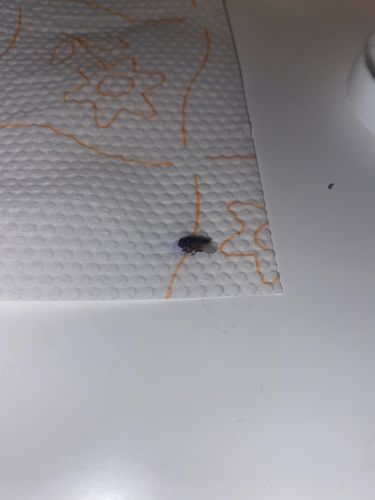House fly
Scientific Name: Musca domestica
Order & Family: Diptera (Order), Muscidae (Family)
Size: 6-9 mm (0.24-0.35 inches)

Natural Habitat
House flies are cosmopolitan and are found worldwide, especially in human habitations, farms, garbage dumps, and anywhere organic waste is present.
Diet & Feeding
Flies are omnivores and feed on a wide range of decaying organic matter, including carrion, feces, garbage, and overripe fruits. They have sponging mouthparts to liquefy food.
Behavior Patterns
Flies are highly mobile and exhibit a variety of behaviors including landing on food and surfaces, flying erratically, and laying eggs in decaying organic matter. They are known for their rapid reproduction cycles.
Risks & Benefits
Risks: House flies are significant vectors for transmitting pathogens (bacteria, viruses, parasites) causing diseases like cholera, dysentery, typhoid fever, and salmonellosis, by spreading them from contaminated sources to food. Benefits: Adult flies can serve as food for other animals, and maggots (larvae) play a role in decomposition.
Identified on: 7/2/2025